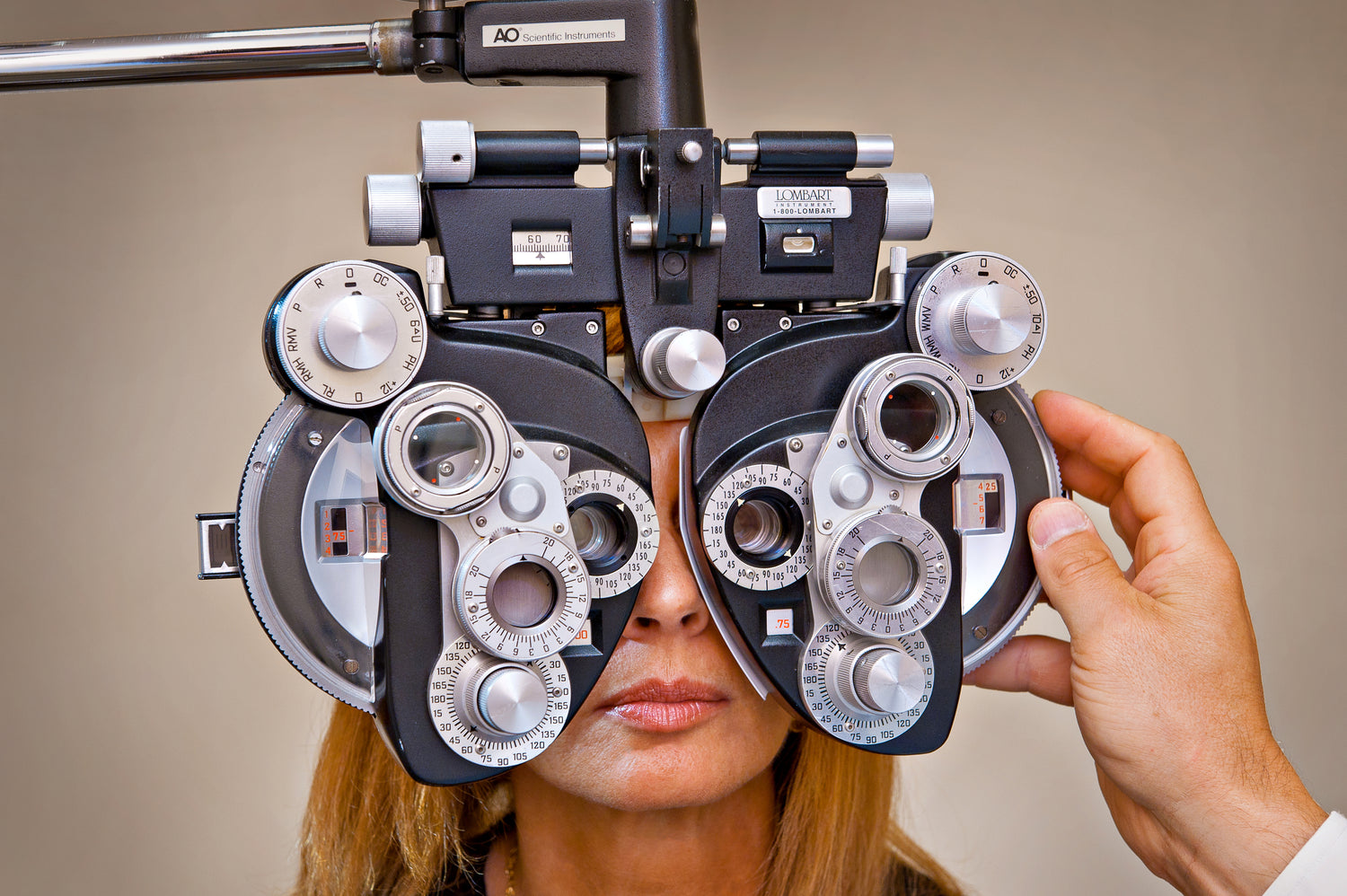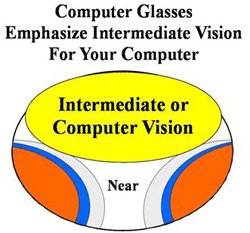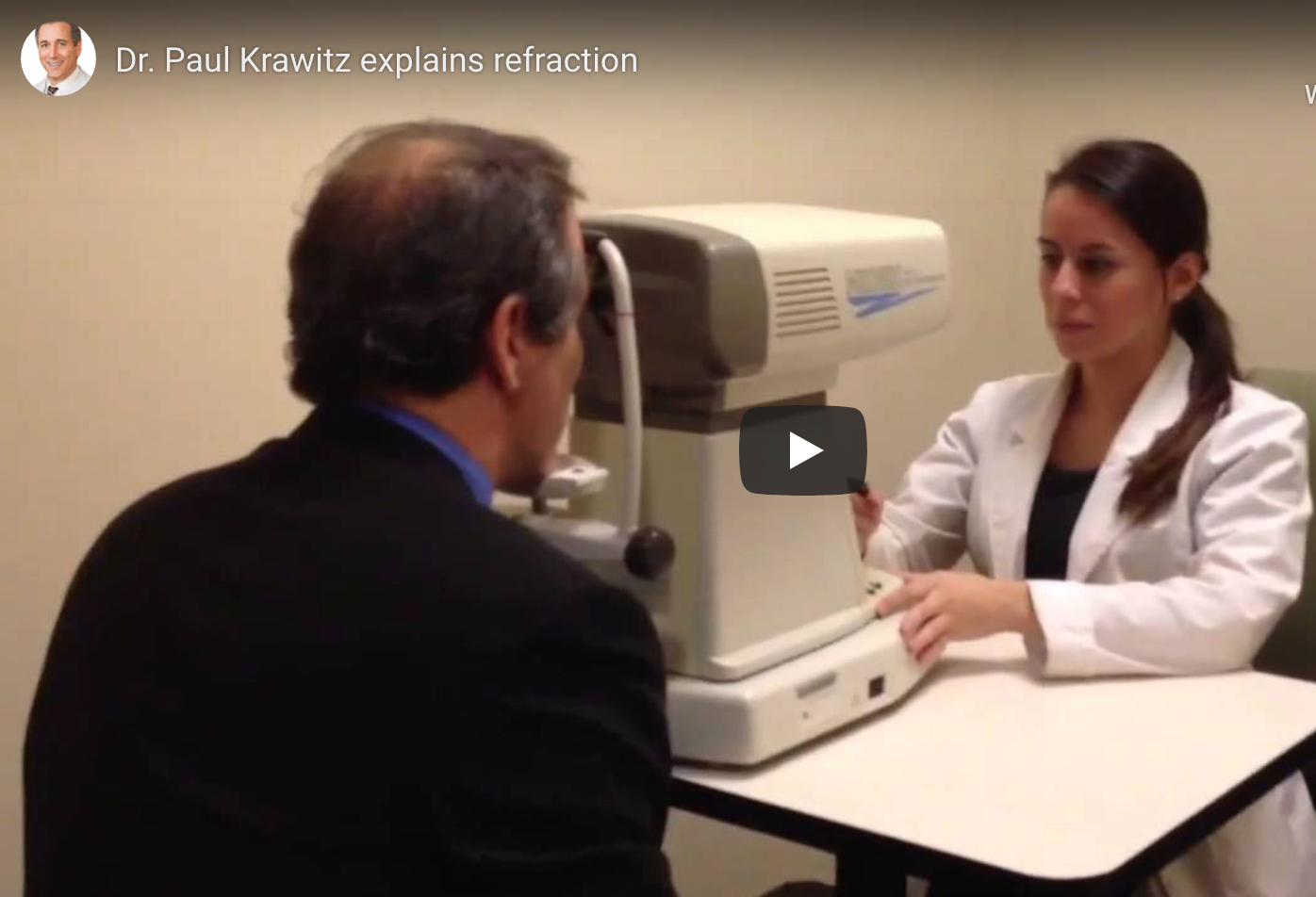Annual eye examinations involve much more than just checking for glasses. For routine eye care, a thorough eye exam includes many individual components to assess eye health.
Refraction
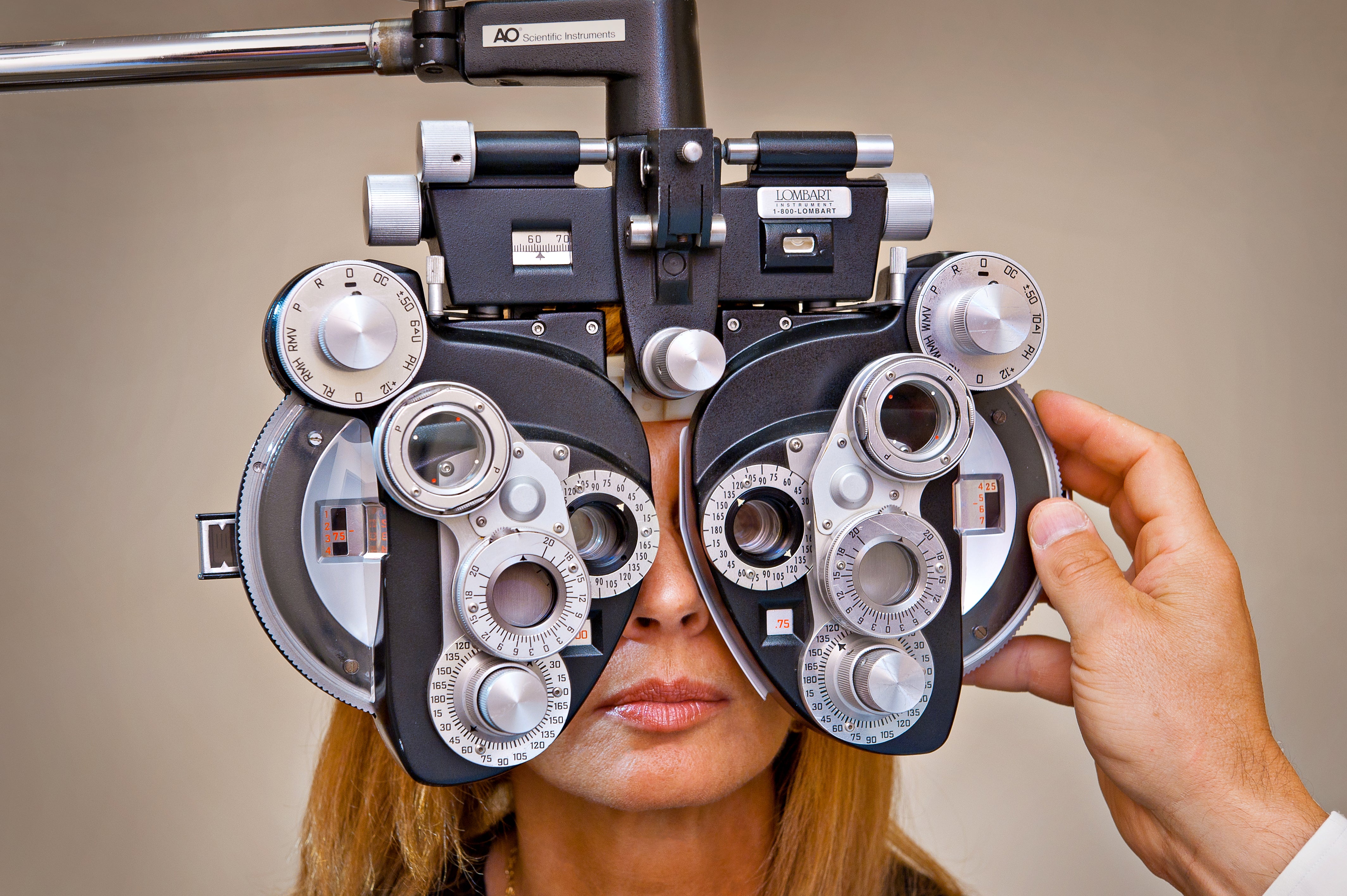
Refraction is the measurement of they eyes using a phoropter or handheld lenses to provide the best possible vision. This is important even if you don’t wish to wear eyeglasses or contact lenses, because it informs the doctor about your best possible vision. If vision cannot be corrected to 20/20, even with these lenses, the doctor will examine for reasons why. Unfortunately, Medicare and most insurance companies do not pay for refraction, because they consider it “cosmetic” and “unimportant.” More information about this policy is available at https://www.medicare.gov/coverage/eye-exams.html.
Eye Movements
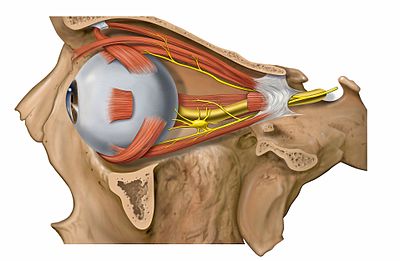
Eye muscles control movement of the eye, while nerves in the brain send impulses to the six muscles that control each eye. Muscles may be weak or too strong, which can affect 3-D vision and ocular comfort. Common reasons for eye muscle movement abnormalities include stroke, diabetes and congenital defects.
Slit Lamp Examination
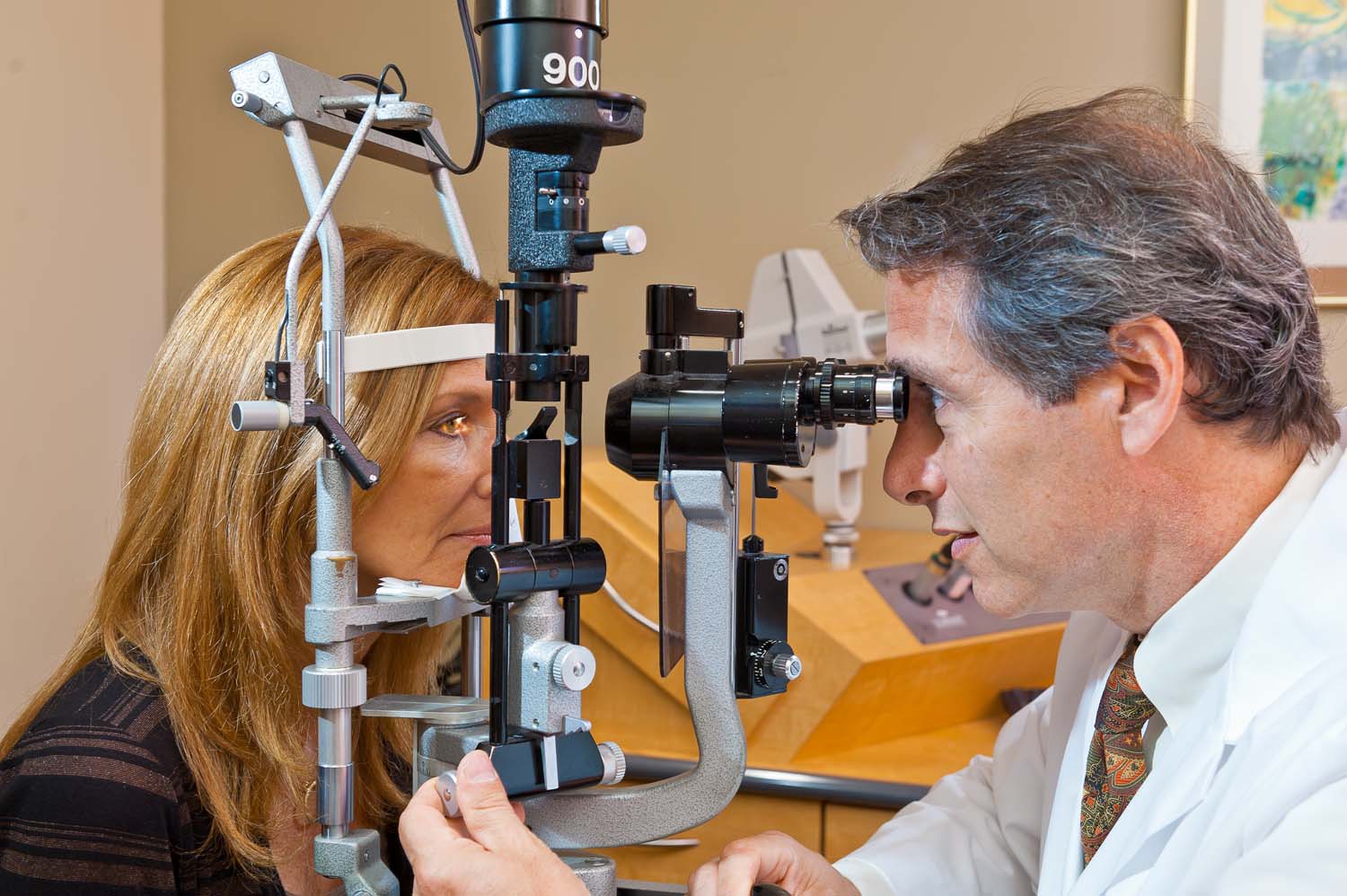
This is the core of the eye examination. The doctor uses a special high-powered slit lamp microscope to examine the delicate structures of the eye and evaluate them for proper structure and function, and to make sure that no diseases are involved. This includes evaluation of the eyelids and eyelashes, clear cornea, white conjunctiva and sclera, liquid-filled anterior chamber, iris and pupil, lens and cataracts and vitreous gel.
Eye Pressure Measurement
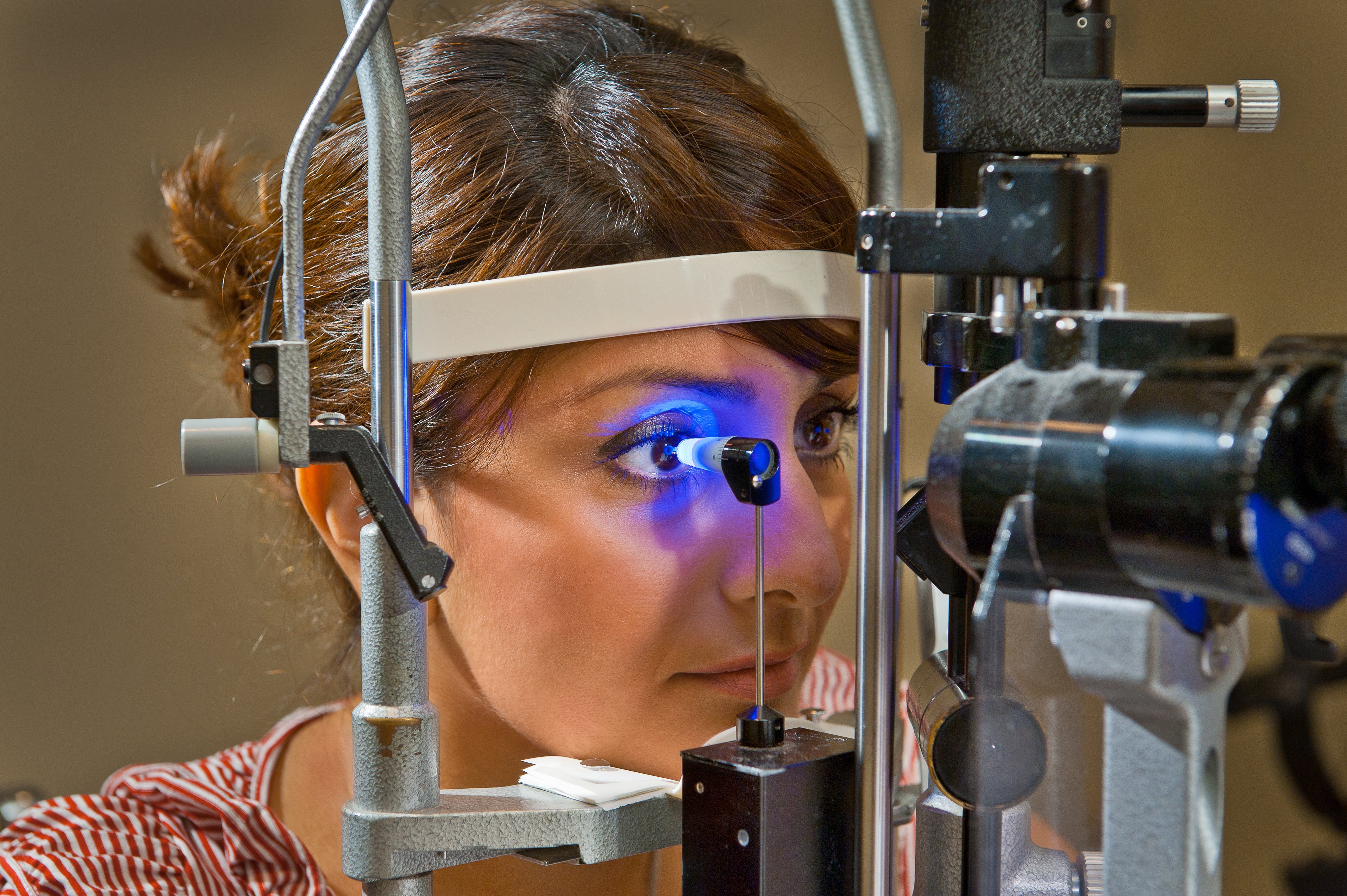
Although there are many ways in which eye pressure can be measured, the Goldmann Tonometer with the blue light and numbing eyedrops, or the iCare tonometer without eyedrops, are considered the most accurate. Eye pressure may be high in glaucoma, or low when there is trauma or inflammation.
Retinal Examination
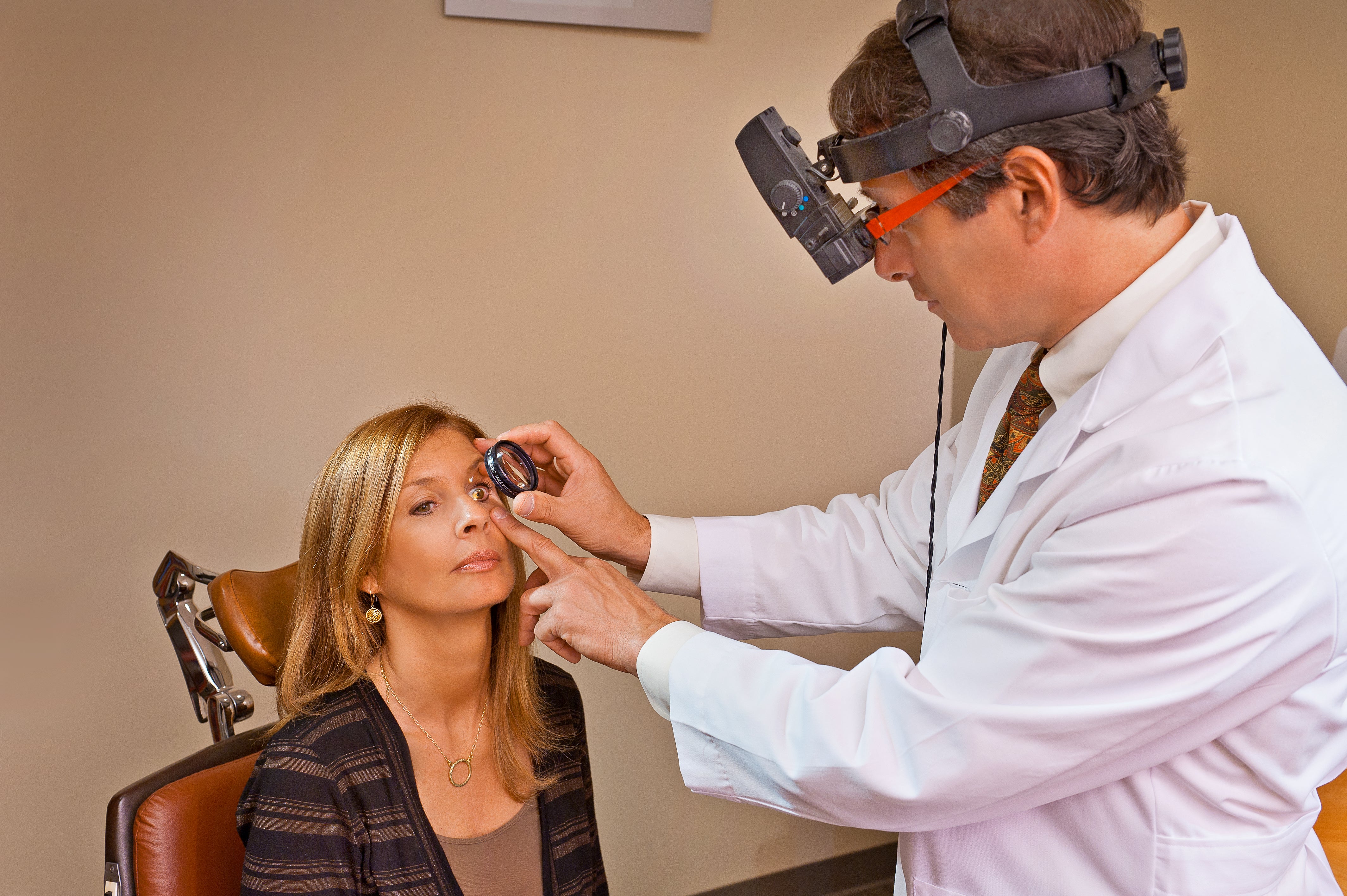
The back of the eye is evaluated for healthy macular structure, good circulation and absence of retinal tears or detachment. New diagnostic instruments and lenses sometimes provide this information without the need to have pupil dilation.

